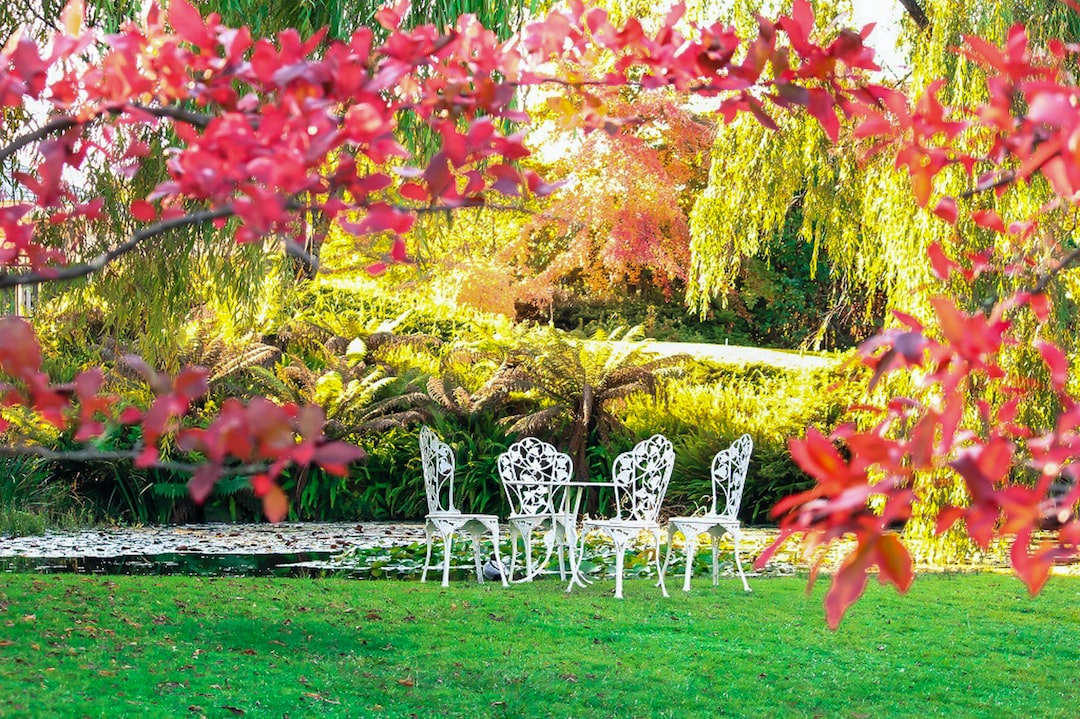Are you tired of bending over and dealing with weeds in your garden? A raised garden bed might be the solution for you! Not only does it make gardening easier, but it offers better drainage and can even extend your growing season. In this article, we’ll go over the steps to building a raised garden bed.
Step 1: Choose a location
The first step in building a raised garden bed is choosing the right location. You want an area with ample sunlight and access to water. Avoid areas with large trees that can steal nutrients from your plants.
Step 2: Determine the size
Decide how big you want your raised garden bed to be. It’s important to note that you should still be able to reach the center of the bed without stepping on the soil. A popular size for a raised garden bed is 4×8 feet. However, you can make it as big or as small as you’d like.
Step 3: Gather materials
To build a raised garden bed, you’ll need:
– Untreated cedar or redwood boards (2×6 or 2×8)
– Galvanized screws
– Drill
– Level
– Weed barrier cloth
– Soil
– Compost
Step 4: Cut the wood
Cut the boards to the desired length and width of your raised garden bed. If you’re using untreated cedar or redwood, the wood should last 10-15 years.
Step 5: Assemble the bed
Lay out the boards in the desired shape and screw them together at the corners. Use a level to ensure that the bed is even. To make the bed more sturdy, add additional screws along the sides.
Step 6: Lay weed barrier cloth
Lay weed barrier cloth on the bottom of the bed, ensuring that it covers the entire area. This will prevent weeds from growing up into your bed.
Step 7: Fill the bed with soil
Fill the bed with a mixture of soil and compost. Make sure to leave a few inches at the top to allow for watering.
Step 8: Plant your garden
Now it’s time to plant your garden! Make sure to choose plants that will thrive in your area and that will fit in the raised garden bed. You can even use companion planting to help maximize your yield.
In conclusion, building a raised garden bed can be easy and rewarding. It allows for easier gardening, better drainage, and a longer growing season. By following these steps, you’ll be on your way to enjoying a bountiful garden in no time!

